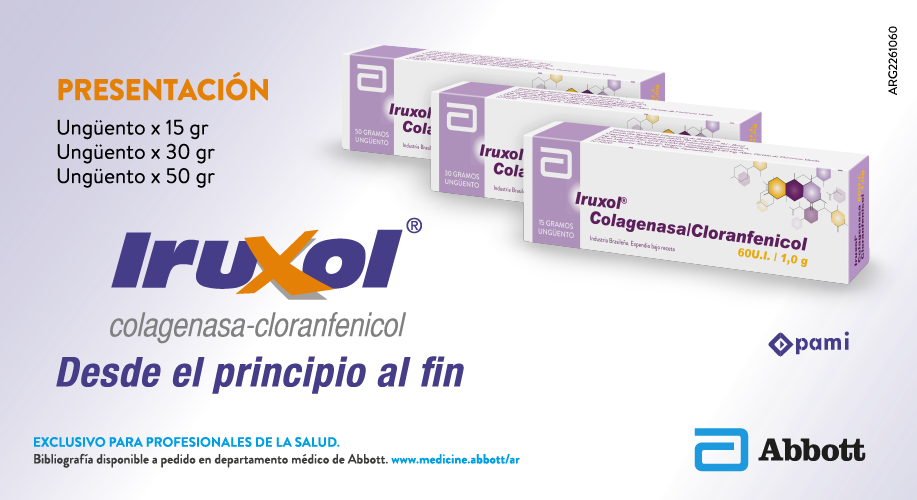Atrophic papules in pediatrics
DOI:
https://doi.org/10.47196/da.v26i4.2162Keywords:
atrophic papules, pediatricsAbstract
A 9-year-old female patient who consulted for asymptomatic lesions on the trunk, of two months of evolution and spontaneous appearance on healthy skin. These lesions were well-defined, round, whitish papules with a slight shine. Some of them had a fine scale on the surface and in others a slight atrophic-looking depression was observed. As a background, the patient was under follow-up for vitiligo in the upper eyelids of 2 years of evolution, under treatment with tacrolimus 0.03% ointment.
References
I. Moreno M, Torrelo A, Mediero I, Zambrano A. Liquen escleroso y atrófico extragenital en niños. Actas Dermosifiliogr 2000;9:385-389.
II. Fich F, Giesen L, Navajas L, Mondaca L, et ál. Liquen escleroso y atrófico: revisión de una dermatosis con múltiples manifestaciones. Rev chil dermatol 2015;31:55-61.
III. Rodríguez-Acar M, Neri-Carmona M, Elizondo-Rodríguez A, Álvarez-Hernández MD, et ál. Liquen escleroso extragenital. Comunicación de un caso. Rev Cent Dermatol Pascua 2017;26:15-19.
IV. Cortés Ros O, Matos Figueredo F, Gahona Kross T, Villacrés Medina L. Liquen escleroso atrófico genital y extragenital diseminado. Presentación de un caso. Medisur [en línea]. 2013 Dic; 11: 685-689. Disponible en: http://scielo.sld.cu/scielo.php?script=sci_arttext&pid=S1727-897X2013000600010&lng=es. [Consulta: agostos 2020].
V. Fistarol SK, Itin PH. Diagnosis and treatment of lichen sclerosus. Am J Clin Dermatol 2013;14:27-47.
VI. Kirtschig G. Lichen sclerosus: presentation, diagnosis and management. Dtsch Arztebl Int 2016;113:337-343.
VII. Lewis FM, Tatnall FM, Velangi SS, Bunker CB, et ál. British Association of Dermatologists guidelines for the management of lichen sclerosus. Br J Dermatol 2018;178:839-853.
Downloads
Published
Issue
Section
License
El/los autor/es tranfieren todos los derechos de autor del manuscrito arriba mencionado a Dermatología Argentina en el caso de que el trabajo sea publicado. El/los autor/es declaran que el artículo es original, que no infringe ningún derecho de propiedad intelectual u otros derechos de terceros, que no se encuentra bajo consideración de otra revista y que no ha sido previamente publicado.
Le solicitamos haga click aquí para imprimir, firmar y enviar por correo postal la transferencia de los derechos de autor














